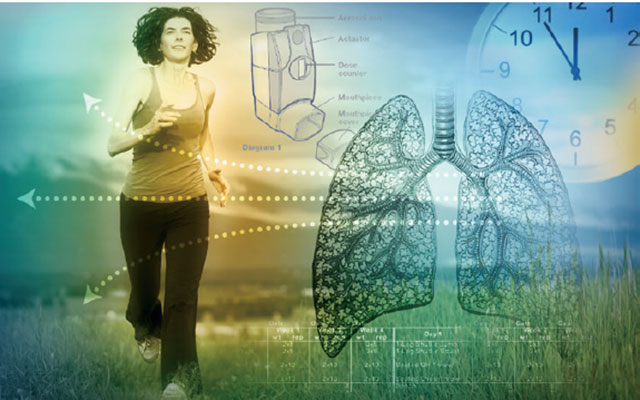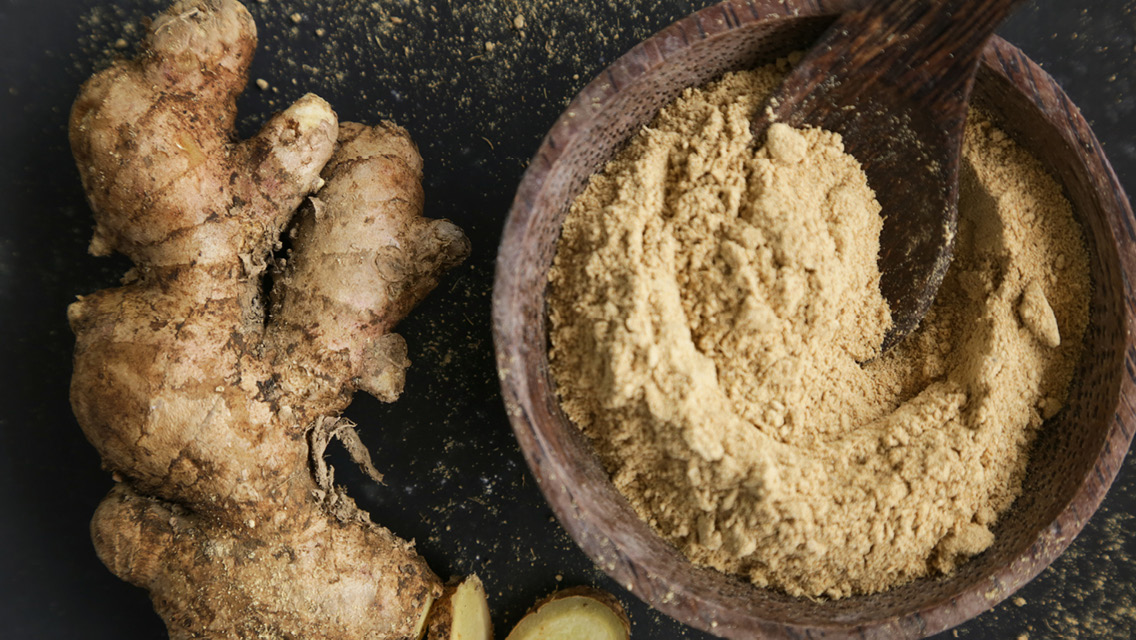Asthma inhalers have long been viewed as the only option for those dealing with exercise-induced bronchoconstriction (EIB), which can leave them coughing and struggling to breathe during high-intensity workouts. But 2013 and 2014 University of British Columbia studies of 70 elite male and female cyclists found no difference in performance between riders without asthma and those with EIB when they completed proper warm-up protocols.
EIB symptoms typically occur within a few minutes of beginning strenuous activity. The large amounts of dry, cool air gulped down during exercise cause airways to tighten and are a primary contributor to EIB.
Study coauthor Michael Koehle, MD, PhD, associate professor of kinesiology and sports medicine, explains that warming up triggers a “refractory” or protective state that helps prevent airways from narrowing during the subsequent exercise session.
“Asthma sufferers should warm up gradually, hitting a variety of exercise intensities and a few bouts approaching or exceeding their aerobic threshold,” Koehle advises. “These should be interspersed with lower-intensity recovery periods.”
To prevent attacks, Christopher Randolph, MD, a professor at Yale University and physician at the Center for Allergy, Asthma & Immunology in Southbury, Conn., recommends the following:
- Warm up gradually for 10 minutes prior to intense exercise — and cool down after — to release inflammatory mediators.
- Breathe through your nose to warm and humidify the air before it enters your lungs.
- Wear a facemask or scarf over your nose and mouth in cold weather.




This Post Has 0 Comments